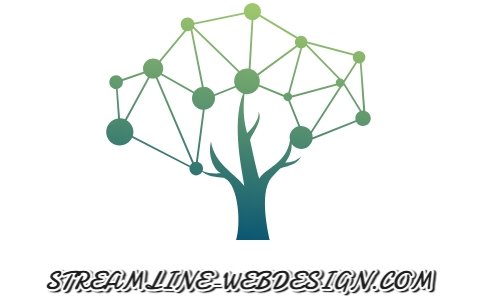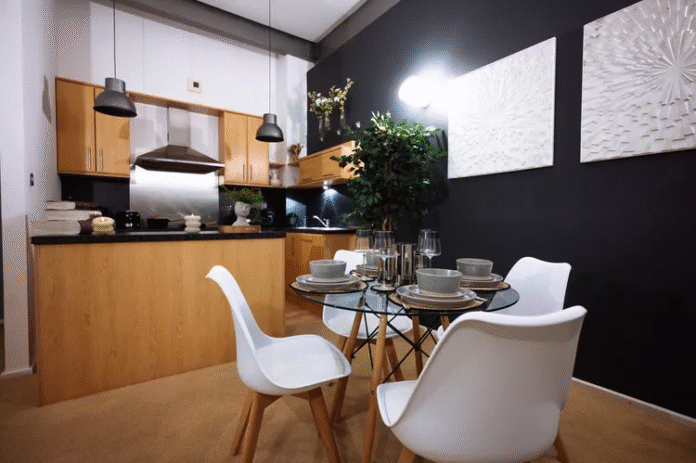
Rejection. No matter how many times we experience it, it still stings. Especially for creatives, rejection feels like an unexpected punch, a disruption that shatters the momentum we’ve worked so hard to build. After all, being creative is about exposing a part of yourself—your ideas, your emotions, your perspective—so when someone turns away from your work, it feels deeply personal. But rather than letting rejection cripple you, it can become the fuel that powers your growth.
Whether you’re facing your first rejection or you’re well-seasoned in the art of bouncing back, understanding how to handle rejection and use it to propel yourself forward is crucial. Let’s explore what rejection really means in a creative context and how to turn its sting into strength.
Understanding Creative Rejection: It’s Not About You
At its core, rejection is part of the creative process. It’s something every artist, writer, designer, and creator encounters—sometimes regularly. What’s important to remember is that rejection is rarely about your talent or worth. Instead, it’s often influenced by factors outside your control: timing, trends, personal preferences, or even logistical constraints like budget or project needs.
For instance, your project might be perfectly timed for a market that’s already flooded with similar ideas, or the client may be looking for something different from what you’re offering. Other times, it’s simply a matter of taste. Art is subjective, and while your work might resonate deeply with one person, it may not strike the right chord with another. Even the cultural or social climate can influence how art is received, meaning that your idea might be ahead of its time, or, conversely, not aligned with current trends.
The key takeaway? Rejection doesn’t define your talent. It’s not a reflection of your abilities or potential; it’s just a part of the journey, a step towards eventual success. Keep in mind that even the most successful creatives faced numerous rejections before their big break.
The Emotional Toll: Why Rejection Hurts So Much
It’s no surprise that rejection stings. When you create something, you invest a piece of yourself into it. Your emotions, ideas, and passions are intertwined with the work. So, when that work is rejected, it can feel as though you’re being rejected, too.
Initially, rejection often brings a sharp emotional response—disappointment, frustration, and self-doubt. It’s easy to question your abilities and wonder if you’re cut out for this. If the rejection is particularly unexpected, it can also bring feelings of shock and confusion: “What went wrong? Why didn’t they like it?”
Over time, repeated rejections can have more serious psychological effects, especially if they begin to erode your self-confidence. The fear of facing rejection again can paralyze you, leaving you hesitant to share your work or take creative risks. This creates a vicious cycle where the anticipation of rejection holds you back from exploring new ideas or putting your work out into the world.
But here’s the crucial part: rejection of your work is not rejection of you as a person. Learning to separate your self-worth from the outcome of your creative endeavors is vital to moving past the hurt.
Six Strategies for Turning Rejection Into Growth
Rejection might sting, but with the right strategies, it can become a stepping stone to success. Here’s how you can build resilience and keep moving forward:
1. Reframe the Experience
Rather than seeing rejection as a failure, try viewing it as a learning opportunity. Instead of dwelling on what went wrong, ask yourself: What can I learn from this experience? Rejection often provides valuable feedback, even if it’s not immediately clear. By reframing rejection as a chance for improvement, you can use it to fine-tune your craft and push your boundaries.
2. Seek Constructive Feedback
Not all rejections come with an explanation, but when they do, it’s worth paying attention. Constructive criticism can offer crucial insights into how your work is being perceived and what could be improved. If feedback is not given, don’t be afraid to ask for it. Understanding the reasons behind a rejection can help you adjust and make your future submissions even stronger.
3. Build Resilience
Resilience—the ability to bounce back after setbacks—is one of the most important qualities a creative can develop. This doesn’t mean ignoring your emotions or pretending that rejection doesn’t hurt. It means acknowledging the pain, but choosing to keep going anyway. The most successful creatives are those who don’t let rejection stop them. They use it as a tool to build thicker skin, understanding that every “no” is simply part of the process.
4. Maintain Perspective
It’s easy to get lost in the moment and see a single rejection as the end of the road. But in the grand scheme of things, one rejection is just a small part of the journey. Success rarely comes on the first try, and many famous works faced numerous rejections before finding their audience. Keep a long-term perspective, and remind yourself that each setback is simply a stepping stone towards refining your craft.
5. Create a Support System
The emotional burden of rejection can be lightened by sharing it with others. Whether it’s a mentor, a creative community, or even friends and family, having a support system to lean on is invaluable. Connecting with others who understand what you’re going through can provide comfort and perspective. Sometimes, just knowing you’re not alone in your experience can make all the difference.
6. Use Rejection as Motivation
One of the most powerful ways to cope with rejection is to use it as fuel for your next project. Let the frustration or sadness you feel push you to create something even better. Many of the world’s greatest artists and writers produced their best work after experiencing rejection. Use your emotions—whether it’s anger, frustration, or disappointment—to drive your next creative endeavor. Set new goals, revisit old ones, and keep striving to improve your craft.
Final Thoughts: Rejection is Not the End, but the Beginning
Rejection is never easy, but it’s a universal part of the creative process. Instead of letting it discourage you, use it to propel yourself forward. Remember that rejection isn’t a reflection of your abilities, and it certainly isn’t a sign of failure. It’s simply part of the journey—a step towards finding your unique voice and refining your skills.
By reframing rejection, seeking feedback, building resilience, and creating a strong support network, you can transform these setbacks into opportunities for growth. The road to success is rarely smooth, but with the right mindset and strategies, you can navigate the bumps and keep moving forward. After all, every “no” brings you one step closer to the “yes” that will shape your future.










